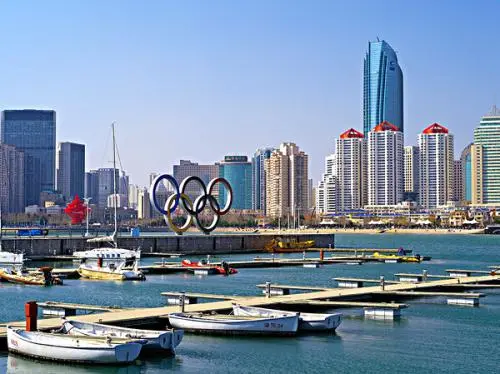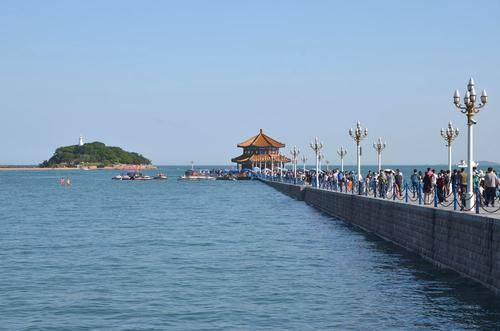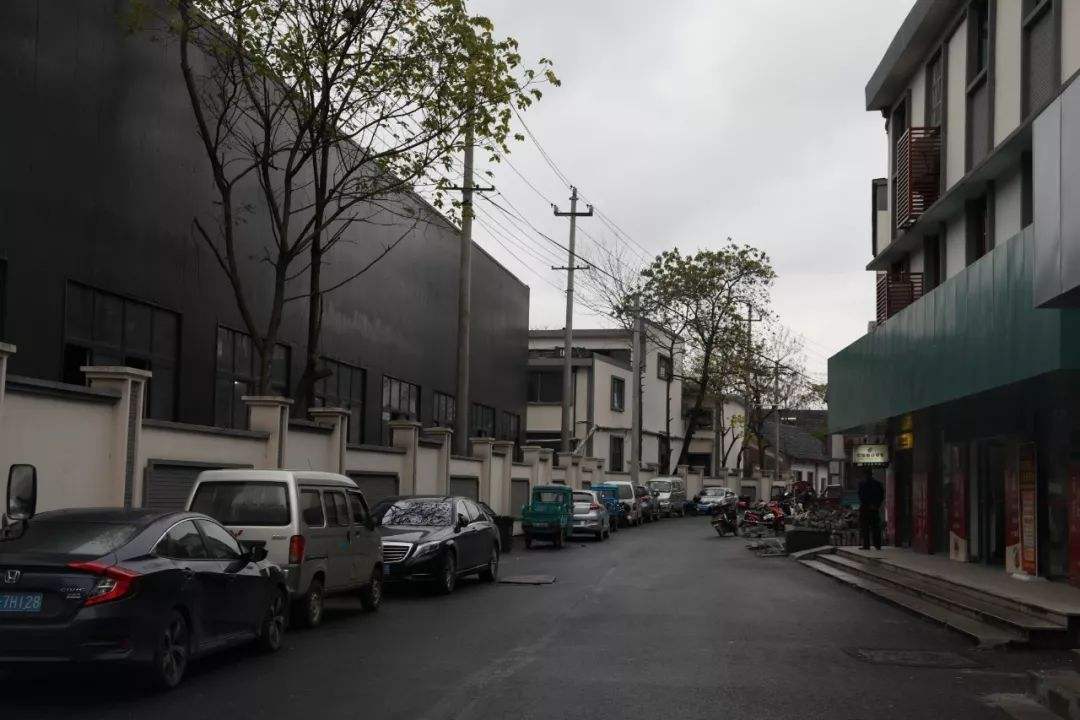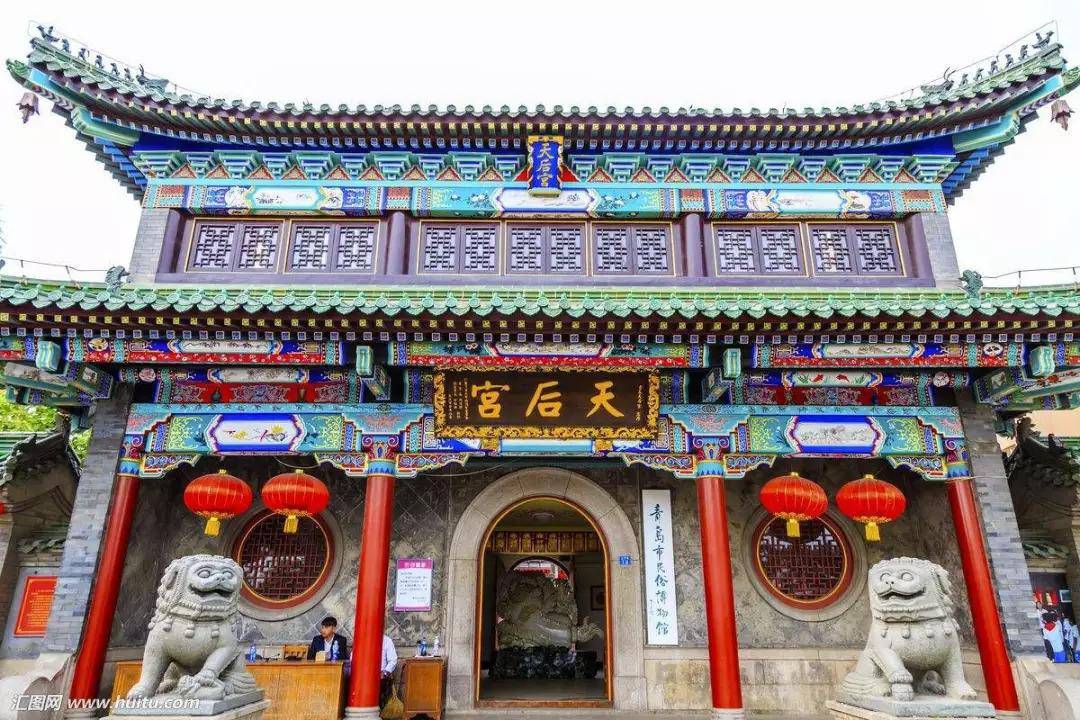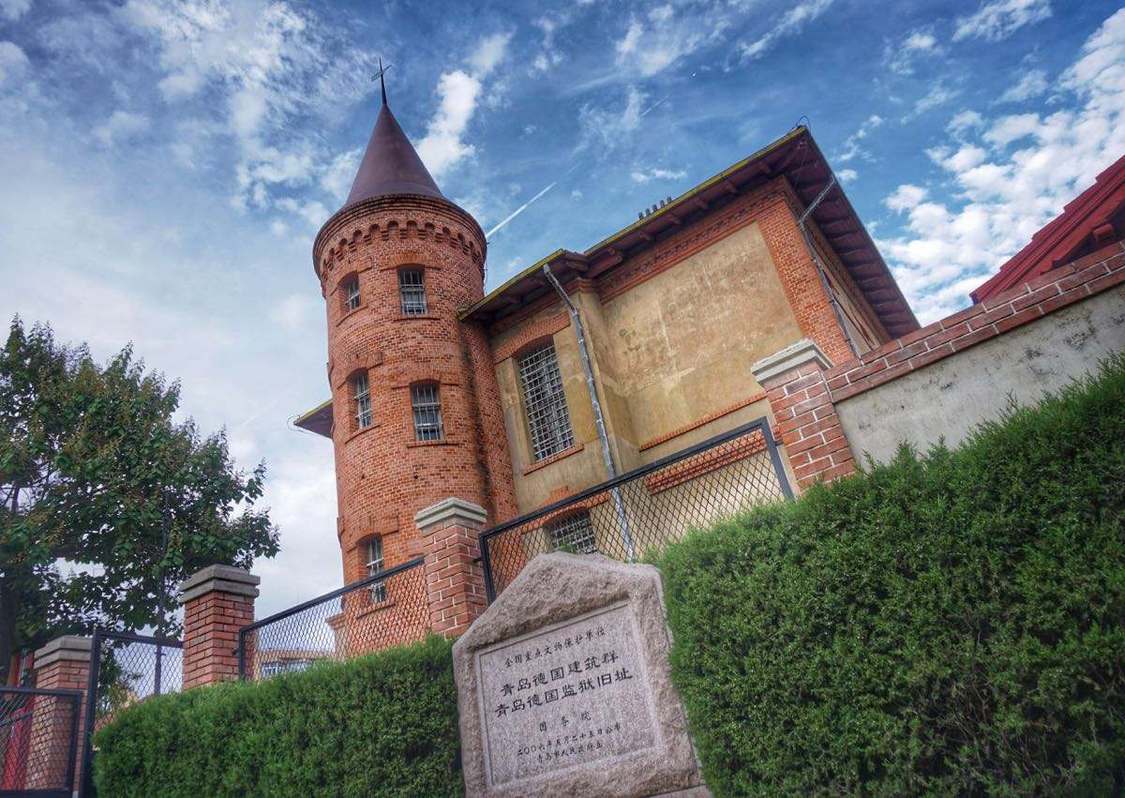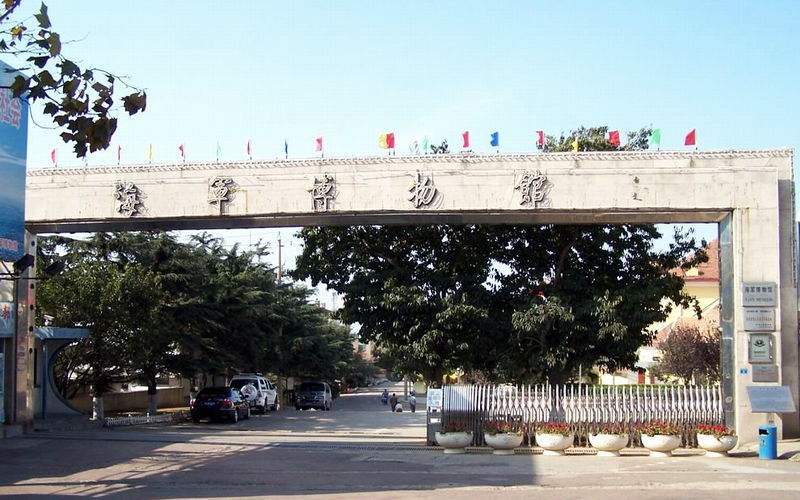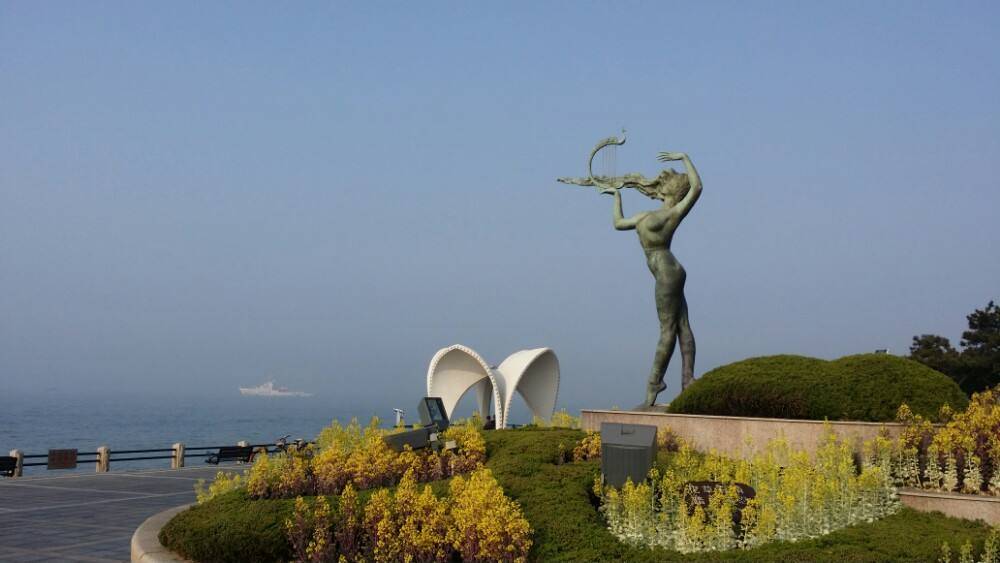Qingdao Zhanqiao Pier
Located at No. 12 Taiping Road, Shinan District, Qingdao City, the Zhanqiao Pier was built in the 18th year of the Guangxu reign of the Qing Dynasty (1892). It is the earliest military-specific artificial pier in Qingdao and has now become an important landmark and scenic spot in Qingdao.
Taiping Road
After you pass the Zhanqiao Pier, please head east along Taiping Road for sightseeing. Taiping Road is shaded by green trees, with the sea to the south and European-style buildings such as the Qingdao Daily Newspaper Office, Zhanqiao Prince Hotel, and the former site of the Shandong Road Mining Company to the north. It is a very beautiful coastal sightseeing road.
Qingdao Tianhou Palace
Since the third year of the Chenghua period in the Ming Dynasty (1467), Qingdao Tianhou Palace has a history of over 500 years. It is the oldest existing brick and wood architectural complex from the Ming and Qing Dynasties in Qingdao city and is also a provincial key cultural relic protection unit.
Qingdao German Prison Site Museum
From Tianhou Palace, head east to No. 25 Changzhou Road, which is the 'Qingdao German Prison Site' Museum. It is a unique prison that combines a castle-style prison and judicial team buildings, and is one of the earliest surviving colonial prison sites in the country.
Created by the navy, the Navy Museum is the only military museum in China that comprehensively reflects the development of the Chinese navy. The museum is large in size and has a rich collection of exhibits, making it an excellent place for children to learn about the history of the Chinese navy.
Xiaoqing Island, as its name suggests, is a small island with an area of only 0.024 square kilometers and an altitude of just 17 meters. Despite its small size, it boasts picturesque scenery due to being surrounded by the sea on three sides, offering a panoramic view of Qingdao's coastal front. After occupying Jiaozhou Bay, the Germans named the area they occupied 'Qingdao' after this island, also known as 'Aknah Island.' During the Japanese occupation of Qingdao, it was called 'Kato Island,' but the local residents referred to it as 'Xiaoqing Island.'
